While governments debate strategy and sanctions, a quiet army of British volunteers have found their own ways to help keep Ukraine’s wheels turning through the war.
“It’s like being in a Second World War film or a Western — another era. Sandbags on either side of the old carriages taking me to the train station, sometimes sirens sounding.”
This is how Adrian Simpson, a retired security consultant from Devon, described the final leg of his solo journeys home from Ukraine. Nearly 2000 kilometres of driving routinely pulls him out of the comfort of the English countryside and towards the vicinity of war.
The story began simply enough:
“Three years ago I had read that Ukrainian troops were short of tourniquets. I saw people from the UK were driving them out and got in touch with the Ukrainians who were organising their delivery,” Adrian explained.
Since Russia’s full-scale invasion in 2022, Simpson has made dozens of trips deep into the country, delivering vehicles, medical supplies and generators. At the start of 2024, he even worked briefly as security and guide for the Cumbrian rock band Hardwick Circus — the only band to have toured Ukraine since the invasion.
Sometimes, the trips have been more of a family affair. His 24-year-old son Luke, living in Lambeth, London, has historically joined him in delivering vehicles and aid. Operating outside of any formal organisation, the pair continue to raise money through small crowdfunding pages and drive second-hand vehicles directly to the units that need them.
Cars may rank low on Ukraine’s military supply list, but they are vital organs of its war effort. Once across the border, local fixers camouflage the trucks and convert them into ambulances or supply vehicles. One of the Simpsons’ donated vehicles, Adrian says, has been hit twice by drones — and is still going.
Drone damage. Credit: Adrian Simpson.
Their drop-off points depend upon the war’s shifting geography. Where handovers once happened near the frontlines, Russian drone range now forces volunteers further back.
“As interesting as it is to go forward, you don’t want to become a problem for the Ukrainians if you become a casualty,” Adrian said, reflecting with a matter-of-fact calmness about his expeditions.
Luke has learned the same wary composure.
“I went to the shelters the first time the sirens sounded,” he says. “Now I follow the rule: do whatever the Ukrainians are doing. Sometimes they head for the shelters, sometimes they don’t. It’s psychological warfare – making people too tired to work the next day.”
There have been lighter moments, too, in these journeys. Adrian has regular coffee meet-ups with a 48-year-old grandmother and army medic, who have five family members fighting, and regular dinners of salted pork and vodka with Bob, a 6ft 3in soldier who has been wounded twice.
“When we turn up, it has real value,” Adrian says.
“It tells them they’re not forgotten – and they’re immensely grateful for that.”
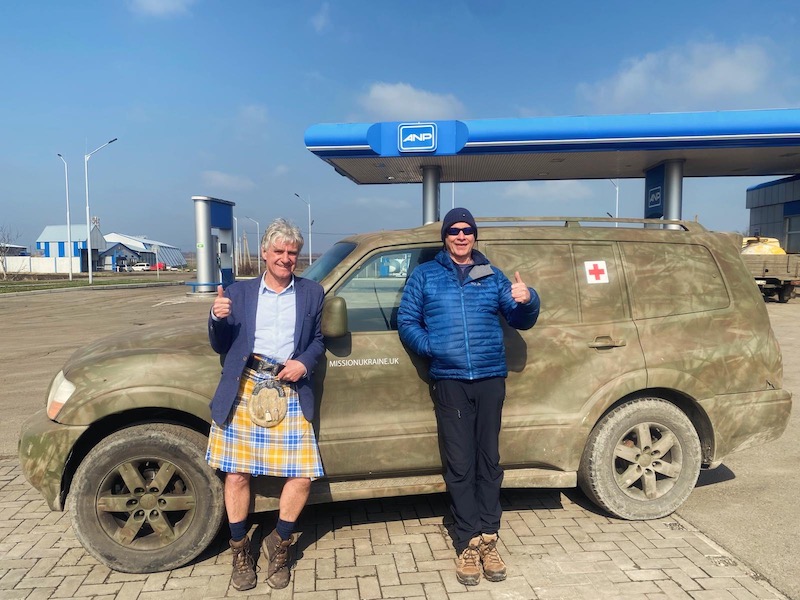
Pitstop. Image credit: Adrian Simpson.
Three years into the conflict, both men sense the fatigue of a war of attrition, tempered by endurance:
“The Ukrainians are tired, yes,” Adrian admits, “but they’re amazingly resilient. They won’t give up. Sometimes we underestimate from our end how straightforward that is for them.
“They are a warrior people with a great sense of humour – some of the closest to the British.”

1 Vehicle, 2 countries united. Image credit: Adrian Simpson.
The Simpsons’ journeys distill in microcosm a wider, largely unsung layer of international support for Ukraine. The ad-hoc convoys and volunteer networks filling gaps where state aid can’t reach.
“It’s absolutely critical,” says Jeff Hartman, founder of Ukrainian Action, a London-based charity that recruits ordinary Britons to deliver vehicles, tools and supplies to the front. “There is no way that the status of the war would be where it is now without the volunteers, domestic and international, and civilian-led organisations.”
Hartman, a Canadian who had lived in Ukraine before the invasion, was jolted into action when he found his friends – journalists, salesmen, ordinary citizens – leaving their families behind and enlisting to fight.
“My contacts in Ukraine can ring me and say what the gaps are and I can get exactly that into a convoy the following week,” he explained.
While governments move in bulk, these smaller networks trade in precision and speech. They can buy a truck, fill it with necessary aid and get it across Europe in days without layers of policy and bureaucracy.
The charity has now delivered more than 400 vehicles across over 80 convoy missions.
Their cargo shifts with the war. This year, as Ukraine records its highest rate of amputations since the First World War and faces another winter under Russia’s energy campaign. Loads continue to grow heavier with orthopaedic equipment, generators and fuel.
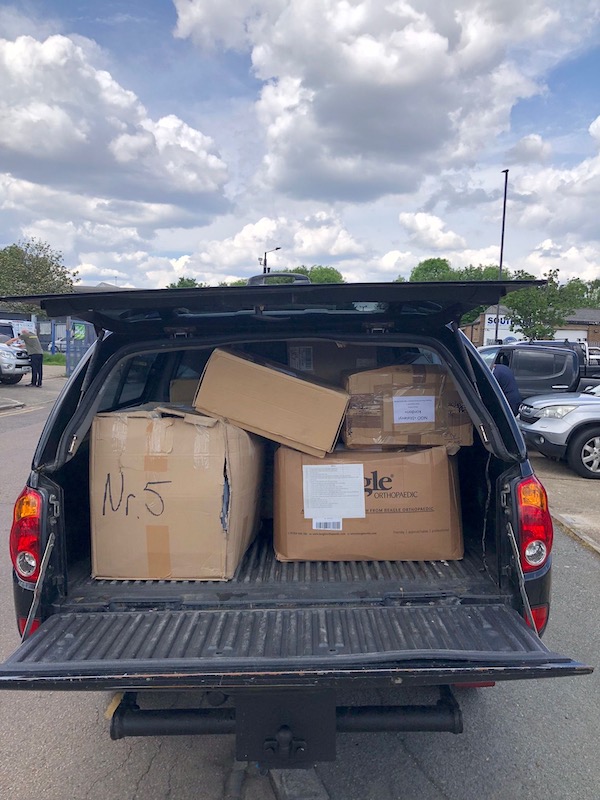
Cargo destined for Ukraine. Image credit: Jackson Baida.
What remains constant is the steady flow of volunteers, from university graduates to corporate teams, giving up their weekends and annual leave to drive east.
“It says a lot about British character,” Hartman says. “People willing to stand up for what’s right, with the memory of the First and Second World Wars still lingering.
“And it says something about this war: it’s only a weekend’s drive away. If Ukraine falls, we all have to face what happens to the rest of Europe.”
It’s a sobering that extends beyond the convoy missions: the possibility that conflict no longer sits safely behind the remove of screens and stories. For now, the cars keep rolling.
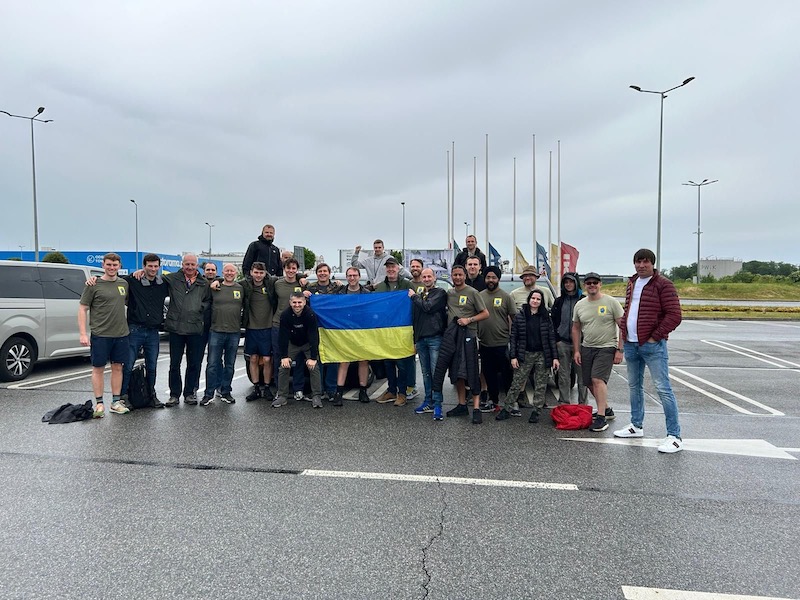
Ukrainian Action convoy 2023. Credit: Jackson Baida.
Featured image credit: Adrian Simpson
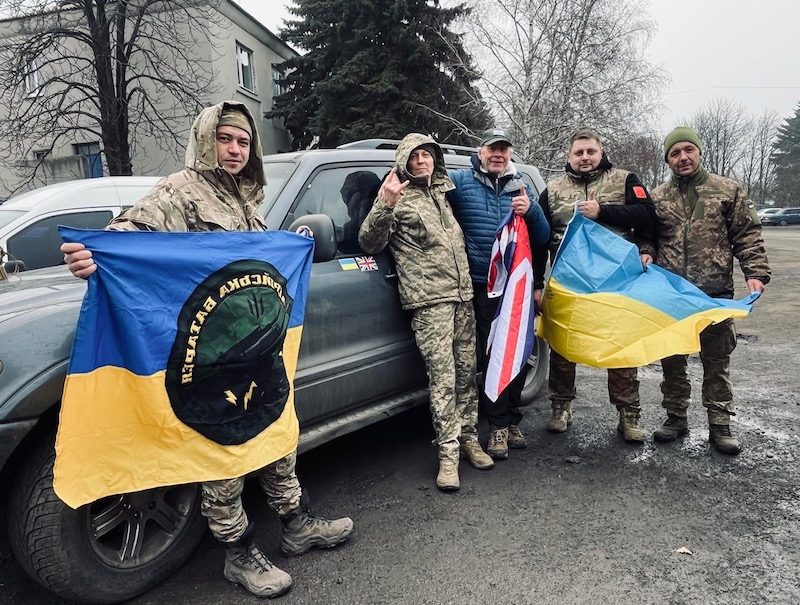


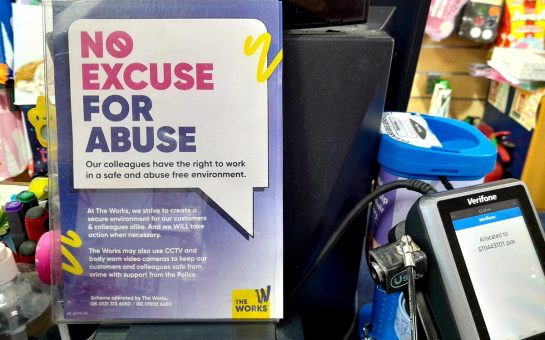

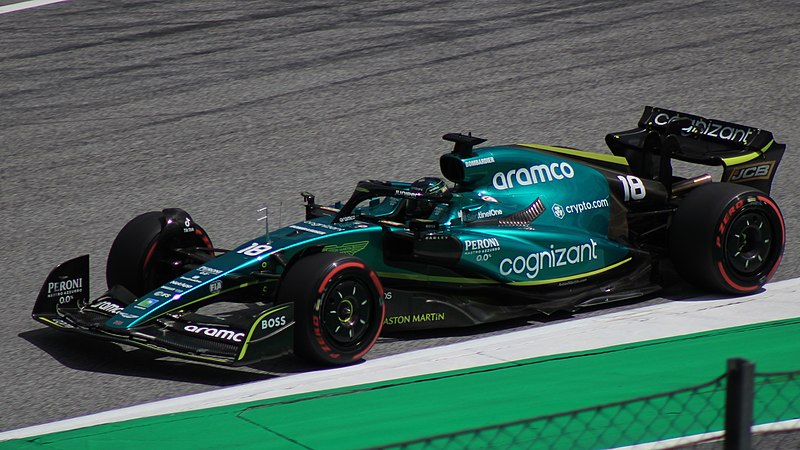
Join the discussion